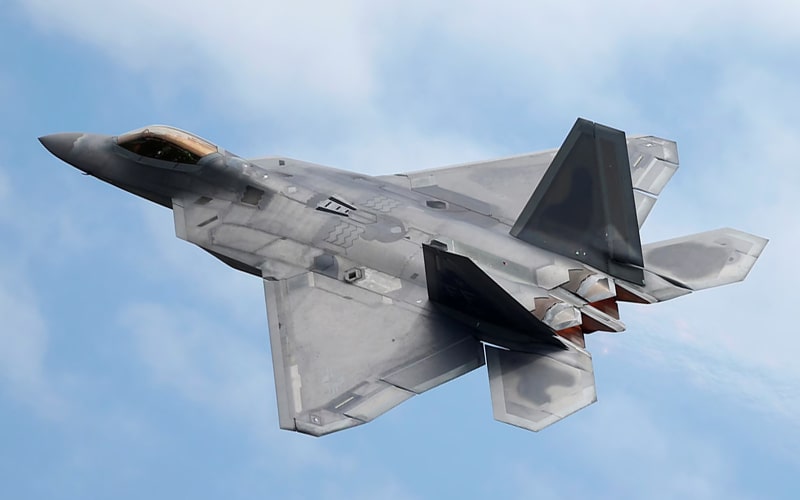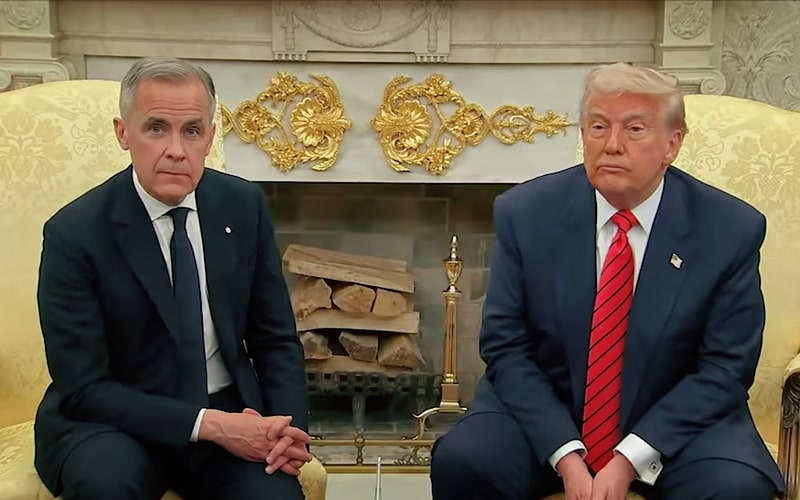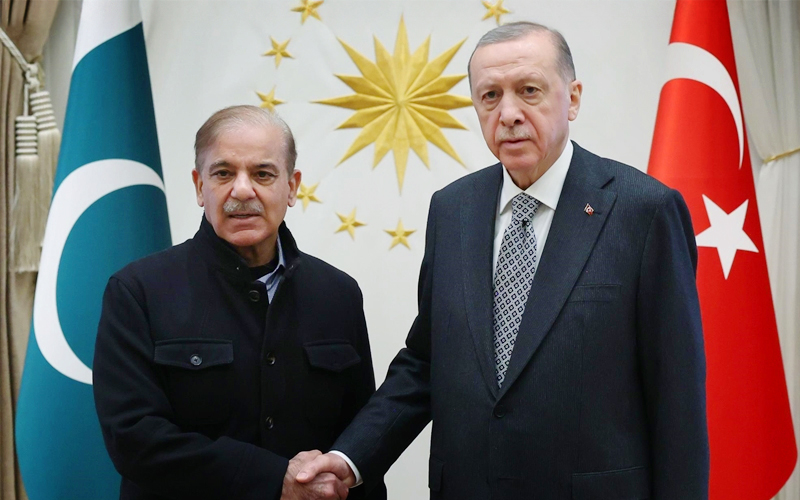Trump announces potential development of twin-engine F-55 warplane in Doha meeting. F-55 described as a “super upgrade” of the F-35, possibly linked to F/A-XX program. Plans unveiled for an F-22 “Super” model, modernizing the iconic stealth fighter. Boeing leads the F-47 sixth-generation program after beating Lockheed in NGAD bid. Analysts suggest F-55 could signify a new aircraft, not just an F-35 variant. Trump Unveils Ambitious New Fighter Jet Concepts Speaking in Doha during a high-level business meeting with defense and aerospace leaders, President Donald Trump floated the concept of a new F-55 twin-engine fighter jet, potentially as a successor or complement to existing U.S. air dominance platforms. Referencing Boeing's recent win in the Next Generation Air Dominance (NGAD) program, Trump suggested the F-55 would act as both an evolution of the Lockheed Martin F-35 and a leap forward in design and capability. “We’re going to do an F-55 … that’ll be two engines and a super upgrade on the F-35,” Trump said, according to CNN. F-22 “Super” and F-47 in the Spotlight In addition to the F-55 concept, Trump confirmed that the U.S. will pursue an upgrade to the F-22 Raptor, to be branded the F-22 Super, calling it “the most beautiful fighter jet in the world.” This comes on the heels of the administration’s awarding of the F-47 program to Boeing, a sixth-generation platform that will feature both a piloted fighter and supporting drone systems. The F-47 is expected to replace the F-22 and usher in a new era …
Amelia
Amelia
Topics:

-
Trump announces potential development of twin-engine F-55 warplane in Doha meeting.
-
F-55 described as a “super upgrade” of the F-35, possibly linked to F/A-XX program.
-
Plans unveiled for an F-22 “Super” model, modernizing the iconic stealth fighter.
-
Boeing leads the F-47 sixth-generation program after beating Lockheed in NGAD bid.
-
Analysts suggest F-55 could signify a new aircraft, not just an F-35 variant.
Trump Unveils Ambitious New Fighter Jet Concepts

Speaking in Doha during a high-level business meeting with defense and aerospace leaders, President Donald Trump floated the concept of a new F-55 twin-engine fighter jet, potentially as a successor or complement to existing U.S. air dominance platforms.
Referencing Boeing’s recent win in the Next Generation Air Dominance (NGAD) program, Trump suggested the F-55 would act as both an evolution of the Lockheed Martin F-35 and a leap forward in design and capability. “We’re going to do an F-55 … that’ll be two engines and a super upgrade on the F-35,” Trump said, according to CNN.
F-22 “Super” and F-47 in the Spotlight
In addition to the F-55 concept, Trump confirmed that the U.S. will pursue an upgrade to the F-22 Raptor, to be branded the F-22 Super, calling it “the most beautiful fighter jet in the world.”
This comes on the heels of the administration’s awarding of the F-47 program to Boeing, a sixth-generation platform that will feature both a piloted fighter and supporting drone systems. The F-47 is expected to replace the F-22 and usher in a new era of air combat technology.
Lockheed, having lost out on the F-47 contract, is now reportedly considering a “fifth-generation-plus” fighter derived from the F-35 platform. CEO James Taiclet stated the company would “take the chassis and turn it into a Ferrari,” implying major upgrades at reduced cost.
Is the F-55 Actually the F/A-XX?
While Trump offered few specifics, analysts speculate that the F-55 designation may refer to the F/A-XX program, a planned replacement for the F/A-18 Super Hornet in the U.S. Navy. If true, this would signal deeper integration between branches of the military on future aircraft strategy.
However, defense analyst Francis Tusa noted that adding a second engine to the F-35 “makes it a new aircraft,” underscoring that this is likely an entirely new airframe, not just a variant.
Meanwhile, Lockheed is in the midst of delayed software and systems upgrades for the F-35, aiming to enhance cockpit interfaces and onboard processing capabilities.
What’s Next for U.S. Air Dominance?
The proposed F-22 Super upgrade and development of the F-55 come at a time when U.S. defense policy is shifting toward modernized platforms capable of countering near-peer adversaries. Funding for continued F-22 support has faced Congressional scrutiny, while calls for a new fighter suggest that the Pentagon is once again leaning into technological overmatch strategies.
While timelines remain unclear, and Congress has yet to formally allocate funding, Trump’s comments signal a significant push toward redefining American air superiority for the next generation.
Subscribe to Our Newsletter
Keep in touch with our news & offers













